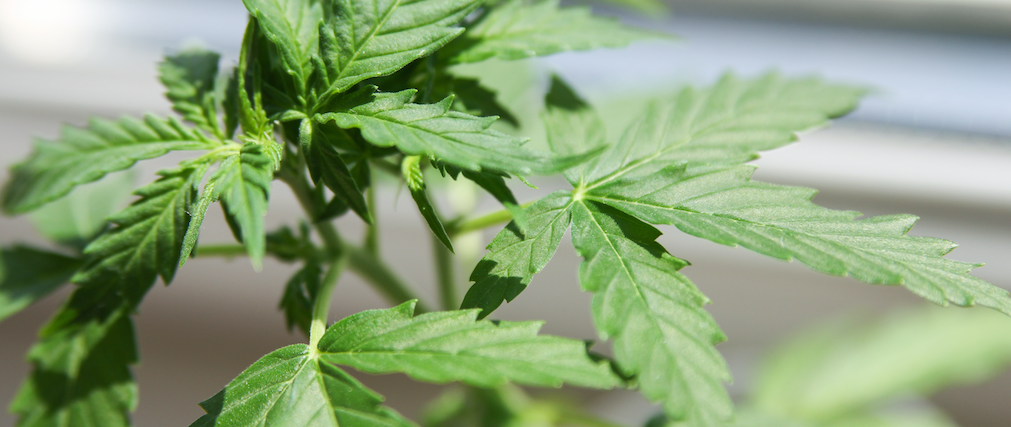06.27.2025
Sausage casings bulletin, June 27, 2025

Runner market commentary
...

Cannabis selection has occured over thousands of years, for the intoxicating resin or fibrous characteristics. Selection was retarded in much of the world due to prohibition, but pockets of breeding have continued, or reemerged in recent decades. The rebirth of a national hemp industry in the US has given rise to a very crowded seed breeding segment, and we speculate that as much as 1/3 of our estimated hempseed acreage in 2020 – 21,138 acres – could be devoted to hemp seed production for sowing. Hemp seed prices have in aggregate come down over the last 2 years, but not commensurate with overall hemp prices. The most desirable varieties can still cost upwards of $1/ seed, though the Jacobsen does not report pricing for crop inputs.
The robust pricing persistence in this segment is in part due to quickly changing market for hemp seeds, with new products emerging like CBG dominant varieties or the triploid (3n) varieties developed by Oregon CBD discussed in last week’s Hemp Bulletin. The market exists on a spectrum from cannabinoid hemp to high yielding hempseed varieties, and tall, straight, high bast content fiber ones. Just selecting for the applications alone is a long-term process, and ubiquitous among all breeding efforts is THC compliance.
Hemp seed breeding for production at scale is only beginning. Many issues threaten to derail farmers efforts early on here, and particularly as disease and pest pressure increases, and before chemical controls, or agronomic expertise develops. Fungal diseases in hemp will shape the production landscape over the coming decades, particularly with cannabinoid hemp. These varieties yield dense flowers and are predisposed to fungal disease, which has yet to be addressed through plant breeding.
As a parallel, corn emerged in Mexico on the order of 10,000 years ago from Teosinte and is barely recognizable as a descendant today. Flint corn became a staple crop to natives of North America some 2000 years ago, likely a result of selection for early maturity and cold hardiness. The most measurable progress has come over the last 100 years with a fivefold increase in yields. A key element of that yield increase is disease resistance, but agronomics and pest/disease controls are also major contributors.
By the 1950’s, western corn rootworm had established itself as a serious threat to corn crops, and in subsequent decades, spread to other major corn producing areas. Controls faltered in the 1950’s, but technology provided answers in the form of crop protectants. Pests eventually build up resistance, as with modern transgenic varieties like Bt corn, which was developed in 2003 and had shown resistance by 2009. For perspective, early corn or Teosinte was also photoperiod dependent, requiring intensive selection over many years to adapt to higher latitudes.
Fungal diseases will dictate the geography of cannabinoid hemp production and markets to some extent, as the science catches up to explosive markets. Indoor production for flower is an example of an immediate response, and this type of agronomic approach will be first choice while the research catches up and suitable genetics are developed. Crop loss from fungus can be devastating for flower producers, leaving no viable market aside from extraction. Long term breeding efforts will help to address these issues, and may require changes to the large, tight flowers that are so desirable for consumers. And fungal spores.
The progress corn has made over the last century is extraordinary. That timeline would have been far more compressed given the range of tools and knowledge we posses today. Hemp will benefit from this, and modern breeding techniques, as well as transgenic research that will undoubtedly play some role in the crop’s development. Hemp is also being intensively developed within the context of inevitable climate change. Even major crop seed breeders are forced to deal with climate change, but hemp is poised to benefit from this situation, and the resulting funding environment. Federal funding will play a pivotal role in the development of hemp production practices and hemp supply chains.
06.24.2025
Correction to sausage casings, resale, North American hog runners, whiskered, ex-works North America on June 20: pricing notice

North American hog runners price published on Friday was incorrect due to a formula miscalculation. The original reported price of $1.63 has been corrected to the accurate rolling average...